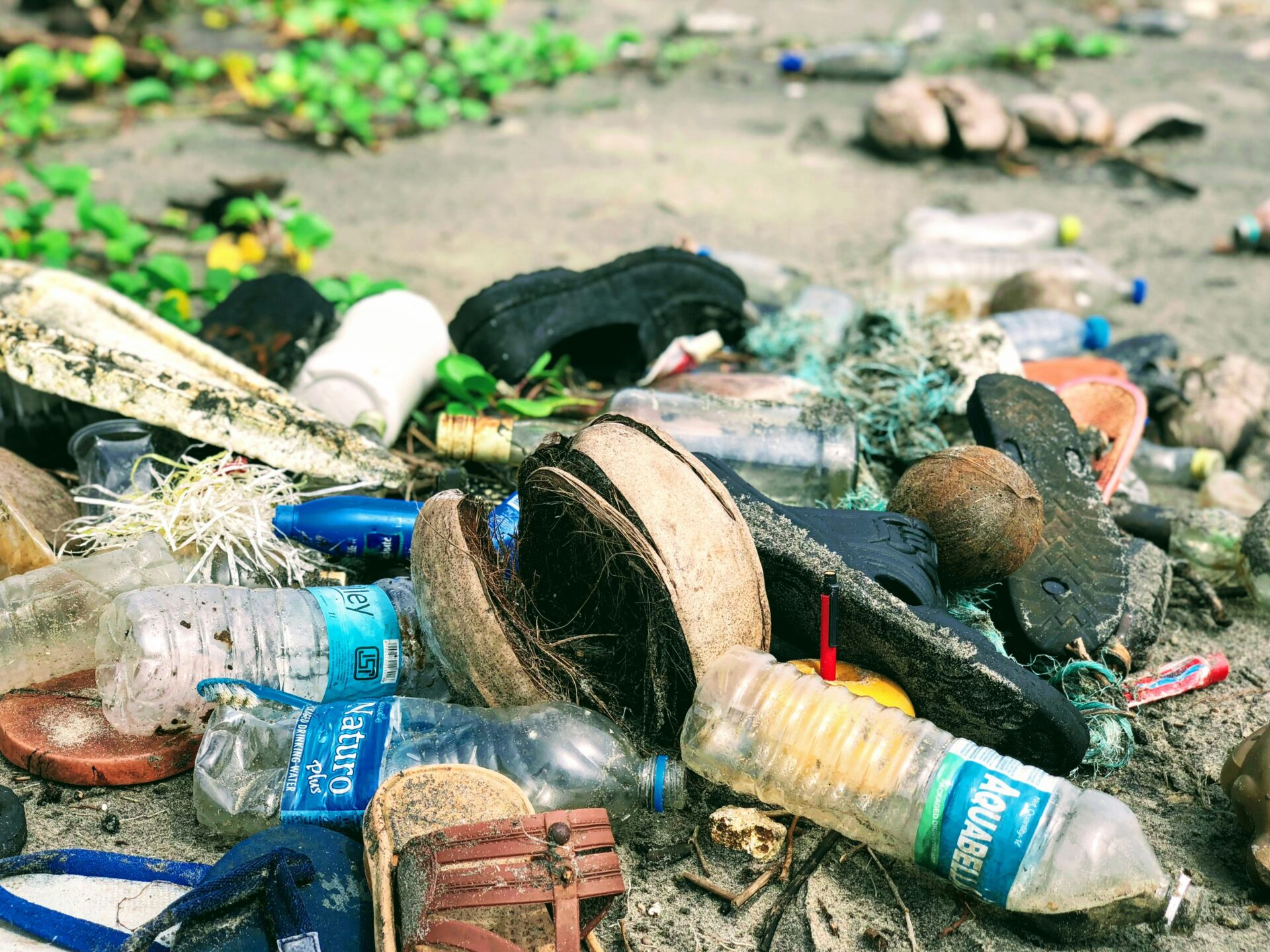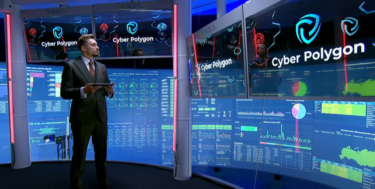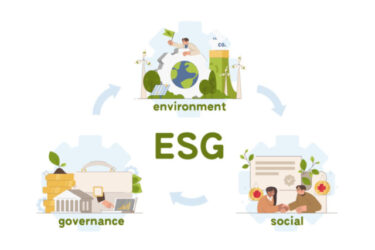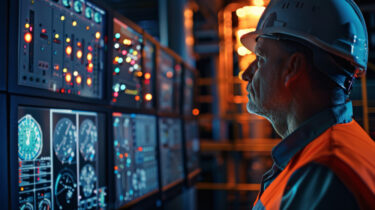Our plastic problem is not going away. Despite years of environmental initiatives, we still produce and rely on tonnes of virgin plastic each year.
Recycling is often heralded as a golden solution. Educational campaigns encourage organizations and citizens to diligently sort every piece of waste into colored trash cans. Most of us believe that once we sort our recycling and put it into the correct container, the job is done and we’ve done our bit for the planet.
Yet concerningly, data shows that only 9% of plastic waste is recycled annually, with 85% ending up in landfills where they leech forever chemicals into the ground and water supplies. Mixed container recycling bins contain a lot of contaminants that make plastic unrecyclable.
Another issue is how much more affordable virgin plastic is for manufacturers, plus the fact that the plastic industry is lobbying against initiatives to pay people to bring back bottles. This is backed by data from New York-based market analysts S&P Global, who found demand for raw recycled plastic slowing.
When it comes to the cleaning industry in particular, the problem gets even more complicated. The chemicals contained within cleaning products often contain highly harmful toxic known as VOCs. These pose a risk to human health when being used, leave harmful traces on the surfaces being cleaned, and leech into their plastic containers making the bottles even more difficult to recycle.
Joshua Schwartz is the President of Viking Pure Solutions, an alternative cleaning innovation company that prioritizes health and the environment through the replacement of toxic cleaning products with organic and environmentally friendly solutions.
By addressing contamination, improving logistics, and creating economic incentives, he believes the industry can better manage its plastic waste and contribute to a cleaner, healthier environment. To learn more, we sat down with Joshua to get his insights on the challenges and opportunities facing the community at large in the next few years.
Where do things currently stand with regard to the plastic problem and plastic recycling specific to the cleaning industry? What are some of the biggest challenges you’re seeing?
One of the foremost problems with plastic recycling in the cleaning industry is contamination. Cleaning products, by their nature, contain a variety of chemicals, many of which can adhere to plastic packaging. Residual cleaning agents, bleach, disinfectants, and other substances can contaminate the plastic, making it difficult to recycle. Contaminated plastics often cannot be processed alongside clean plastics, leading to higher rejection rates at recycling facilities.
Even when the packaging is rinsed out, the presence of strong chemicals can compromise the integrity of the recycled material. This contamination not only devalues the recycled plastic but also poses potential health risks to workers handling the materials and can damage recycling equipment.
The diversity of plastic types can present another challenge: The cleaning industry utilizes a wide array of plastics, including high-density polyethylene (HDPE), polyethylene terephthalate (PET), polypropylene (PP), and polyvinyl chloride (PVC). Each type of plastic has different properties and recycling requirements. The mix of these plastics complicates the recycling process, as they must be sorted and processed separately.
Many recycling facilities are not equipped to handle such a diverse range of plastics, especially when they are combined in a single stream. The sorting process is labor-intensive and costly, often resulting in a significant portion of these plastics being diverted to landfills instead of being recycled.
Logistics challenges pose another significant hurdle to effective plastic recycling in the cleaning industry. The collection, transportation, and processing of plastic waste require a coordinated effort that is often lacking. Cleaning products are distributed widely, from residential homes to commercial and industrial sites, making it difficult to consolidate and collect used plastic packaging efficiently.
Moreover, the cleaning industry often deals with smaller-sized plastic containers and bottles, which are more difficult to collect and process compared to larger items. The sheer volume of small containers exacerbates the logistical challenges, leading to higher transportation and processing costs. So when you look at it as a whole, it can seem like a huge challenge, which it is – but it’s not necessarily one that is insurmountable either.
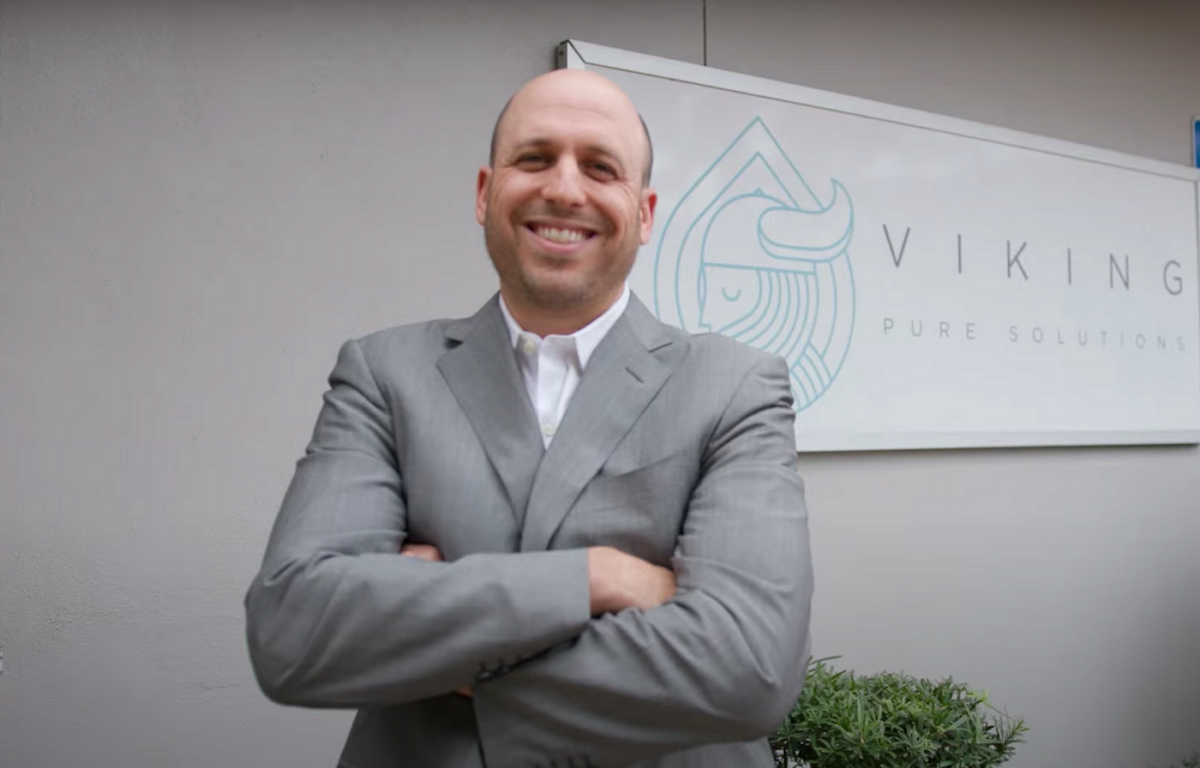
If nothing changes, what kind of world and/or consequences should we expect?
The proliferation of plastic cleaning containers presents significant environmental challenges, and if current practices remain unchanged, the future holds a range of adverse consequences. These impacts extend across various domains, including ecological health, human well-being, and economic stability. Environmentally, two things that I’m worried about the most are marine pollution and soil contamination.
Plastic cleaning containers often end up in waterways, eventually reaching the oceans. This contributes to the growing problem of marine plastic pollution. Marine animals can ingest or become entangled in plastic debris, leading to injury, starvation, and death. The presence of plastics in the ocean can also disrupt ecosystems and food chains, affecting both marine and human life.
When plastic containers are improperly disposed of, they can end up in landfills or litter the environment. Over time, these plastics can break down into microplastics, contaminating the soil. This contamination can affect plant health and growth, ultimately disrupting terrestrial ecosystems and agricultural productivity.
There are profound human health impacts as well. Exposure to toxic chemicals is a big problem. Plastics often contain additives such as phthalates and bisphenol A (BPA), which can leach out into the environment and enter the food chain. These chemicals are known to be endocrine disruptors and can cause a variety of health issues, including reproductive problems, developmental issues in children, and increased risk of certain cancers.
The ingestion of microplastics is another issue. Microplastics, resulting from the breakdown of larger plastic items, have been found in drinking water, seafood, and even air. The ingestion of microplastics by humans is a growing concern, as the long-term health effects are still not fully understood but could include inflammation, toxicity, and other health risks.
What can commercial facilities do to cut down on plastic waste, improve reuse and recycling efforts, and contribute to less plastic?
Commercial facilities can play a significant role in reducing plastic waste and contributing to a more sustainable environment. There are some strategies that have proven very successful in this area and we’re starting to see more and more adoption of these practices, which is encouraging.
The first is implementing sustainable procurement practices that work for you.
Purchase in bulk is one approach – buying cleaning supplies in bulk reduces the number of individual plastic containers needed, thereby cutting down on waste, though you’re still generating a lot of carbon emissions from the transportation of chemicals to the facilities, then potentially devoting a substantial amount of space to storage.
Choosing recyclable or biodegradable packaging can help as well, along with working with suppliers who prioritize sustainability and have robust recycling and reuse programs.
One area that’s been gaining a lot of traction recently for facilities is on-site generation of cleaning solutions. There are a lot of new technologies out there that make this a very attractive approach for companies from both an ESG standpoint and for their bottom line. Businesses are able to cut down substantially on shipping costs and the corresponding carbon footprint that comes from transporting the chemicals. Modern onsite generation systems can be energy-efficient, utilizing optimized processes that require less energy compared to traditional manufacturing and transportation. In addition, by producing chemicals onsite, the dependency on single-use plastic containers is minimized, leading to less plastic waste and a reduction in the environmental burden of packaging materials.
Encouraging reusable products is another great way to promote sustainability. Things like refill stations, where you set up refill stations for cleaning products to allow staff to refill containers rather than using new ones each time can be huge.
Reusable containers and cleaning tools like healthcare grade ultra microfiber instead of single-use products (e.g. paper towels), can also dramatically reduce the need for disposable plastic bottles and other products that are used once then discarded.
Adopting Green Cleaning Practices is also key for companies both small and large. Making a switch to eco-friendly cleaning products that come in minimal or sustainable packaging can have a huge impact. But there’s a lot of greenwashing out there currently, so it’s best to reference Third-Party certifications and choose products that are certified by reputable third-party organizations for their environmental impact.
Can you tell us a bit more about the alternatives out there that can support these efforts?
Sure – one thing that I’m really excited about is the adoption of electrolyzed water. Electrolyzed water is a solution created by passing an electric current through a mixture of water and salt, producing two powerful cleaning and disinfecting agents: hypochlorous acid (HOCl) and sodium hydroxide (NaOH). This process, known as electrolysis, generates two solutions that can be used as effective and environmentally friendly disinfecting and cleaning products. They’re a great alternative to traditional cleaning and disinfecting products for a few reasons.
One, e-water is environmentally friendly. It reduces harsh chemical use and eliminates the need for many conventional chemical cleaners, which often contain harmful substances.
It also minimizes plastic waste and reduces reliance on plastic packaging since it can be produced on-site, cutting down on plastic waste from traditional cleaning product containers.
It also has a lot of health benefits for people who use it and work in buildings or facilities where it’s the primary cleaning method. It’s hypoallergenic, natural, and safe for humans, pets and most living things (other than bacteria) – it’s non-irritating to skin and eyes, making it safe for use around children and animals. It also leaves no harmful residues on surfaces, reducing the risk of chemical exposure and contamination.
What are the challenges with wider adoption of electrolyzed water as an alternative with less plastic waste?
Although electrolyzed water can often be cost-effective in the long run, the difference in approach compared to purchasing traditional cleaning products may initially cause hesitation for some consumers. Instead of purchasing products as needed, facilities are either purchasing or leasing an electrolyzed water generator. Leasing the equipment from a reliable partner can be a more cost-efficient option for companies, particularly because solutions will always be readily available, regardless of seasonality, supply chain constraints, and other sourcing issues (not to mention the environmental cost-benefit).
Market competition is another factor: The established presence and marketing power of conventional cleaning product manufacturers can sometimes obscure the benefits of electrolyzed water.
Lack of awareness can come into play as well. Many consumers and businesses are not aware of electrolyzed water or its benefits. There is a significant knowledge gap that needs to be addressed through education and marketing efforts. Misinformation or misconceptions about the effectiveness and safety of electrolyzed water can also hinder its adoption. Addressing these misconceptions requires effective communication and evidence-based information.
I’m glad you brought up the cost – is electrolyzed water (and on-site generation) actually cost-effective?
Yes, it absolutely is. Companies that take this approach are seeing long-term savings from reduced purchases of conventional cleaning products and lower operational costs.
With respect to input materials, we’re really just talking about water and salt and access to electricity, so the ongoing cost of the raw materials used to generate electrolyzed water is relatively low. These materials are inexpensive and widely available. The electricity required to operate the electrolysis machine is also minimal, leading to low operational energy costs.
By producing electrolyzed water on-site, facilities can significantly reduce or eliminate the need to purchase traditional chemical cleaning products. This can result in substantial savings over time.
Less reliance on pre-packaged cleaning products means also fewer expenses related to packaging waste disposal and management.
Additional benefits contributing to cost-effectiveness also include reduced health risks. Using electrolyzed water reduces health risks to cleaning staff, potentially lowering healthcare costs and reducing absenteeism due to illness caused by exposure to harsh chemicals. In addition, electrolyzed water can help facilities comply with health and safety regulations, potentially reducing the risk of fines or liabilities associated with chemical use and storage.
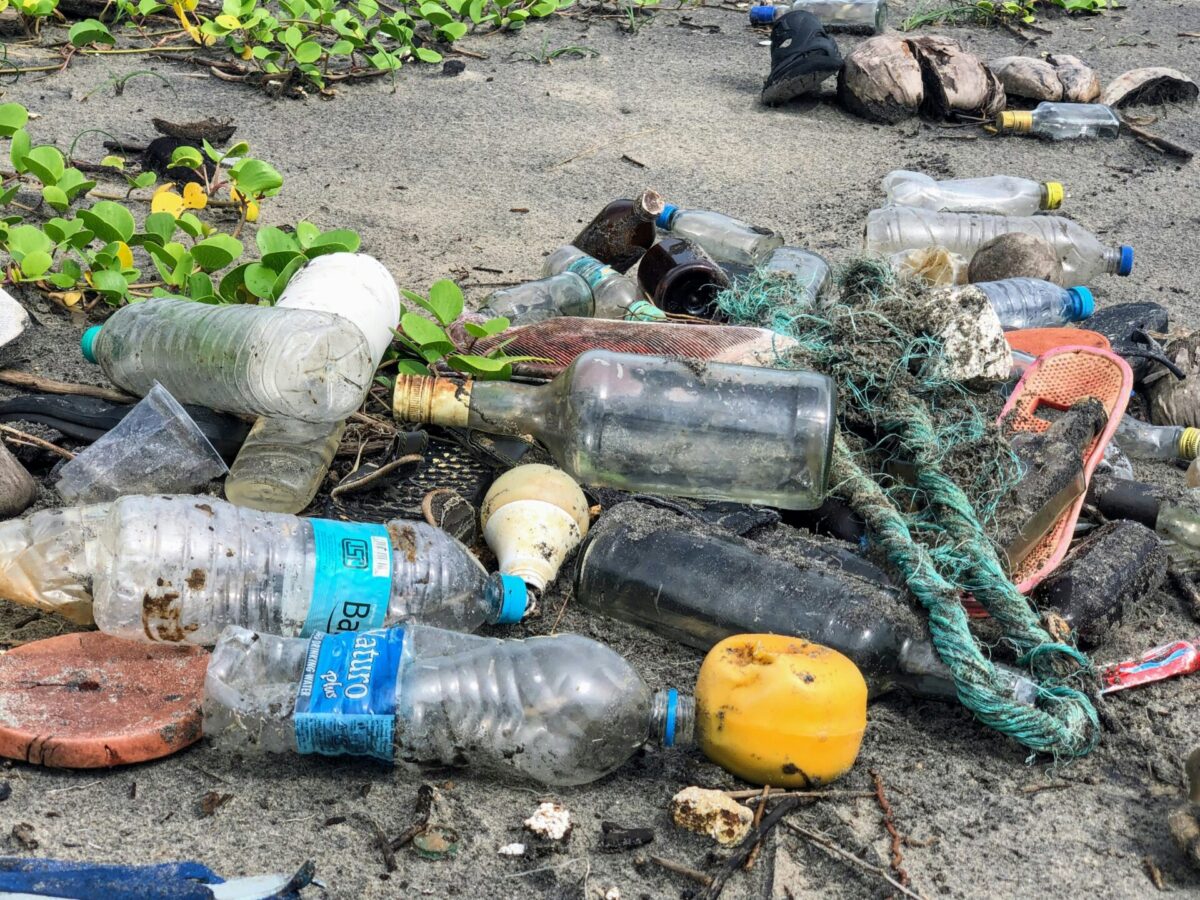
This article includes a client of an Espacio portfolio company



